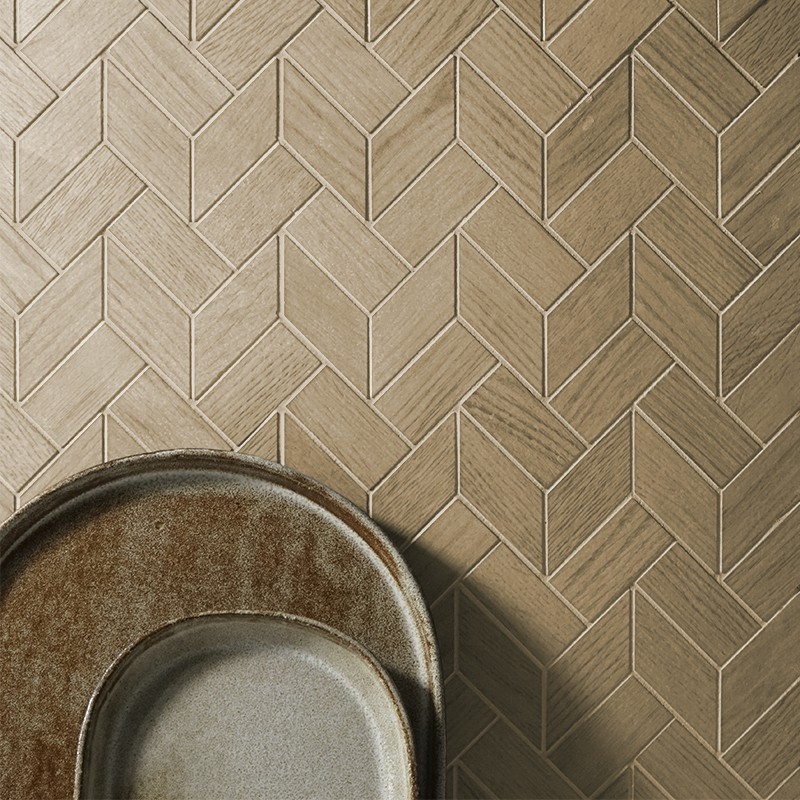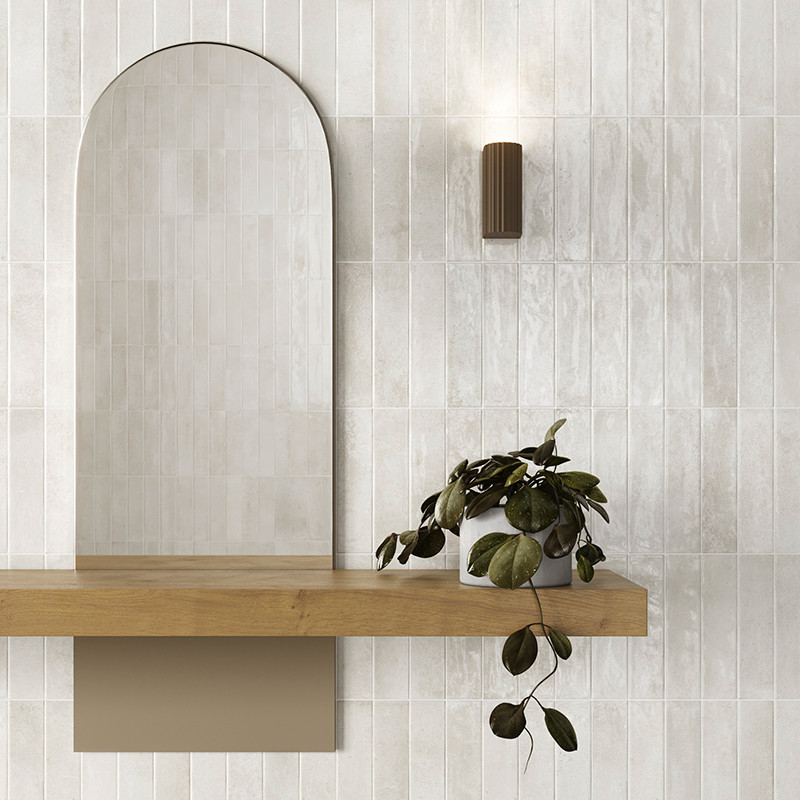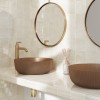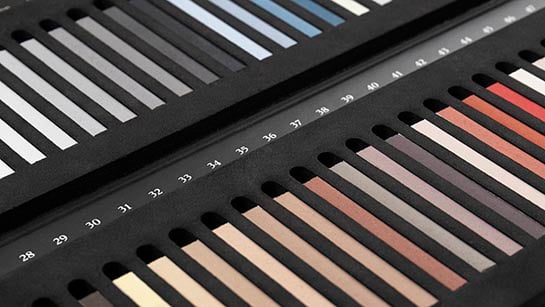-
MenuBack
-
TILES
-
-
-
-
-
-
-
OTHER CATEGORIES
-
-
-
-
OTHER MATERIAL
-
-
Installation and maintenance
-
- Recommendations
- PROFESSIONALS
- Contact
-
SOCIAL MEDIA
-
-
MenuBack
-
TILES
-
-
-
-
-
-
-
OTHER CATEGORIES
-
-
-
-
OTHER MATERIAL
-
-
Installation and maintenance
-
- Recommendations
- PROFESSIONALS
- Contact
-
SOCIAL MEDIA
-
When we talk about the Mediterranean, the words transport us to those coastal areas of the sea such as the Spanish Costa Brava, the small villages of Italy, the crystalline beaches of Greece and a long etcetera.
ORIGINS
The Mediterranean style developed over the centuries, influenced by the architecture, culture and warm climate of the coastal regions of this sea.
Before looking at the characteristics of this style it is important to look back to the history.
The Greeks preferred to conduct their activities outside the home, so they did not spend much time decorating the interior of their houses. However, the exterior was a space where they spent a lot of time, so courtyards became very important with colorful tiles and paintings.
Mediterranean architecture is known for its flat roofs, arches, columns and open terraces that let in plenty of light and fresh air. Furnishings and decoration have also been influenced by the rich nature and history of Mediterranean areas.

This style is characterized by several factors that we are going to list below:
- The use of natural materials such as wood, stone and clay.
- Light, fresh and warm tones. Bright and cheerful. White is the neutral color par excellence.
- Soft textures and curved shapes, used to create a welcoming and relaxed atmosphere.
- Olive trees, orange trees and bougainvillea, trees and plants typical of the Mediterranean coast, are also part of this decorative style.
- Mosaics and geometric patterns combined with neutral floor and wall tiles.
- Bowls, vases and ceramic ornaments, in most cases antique but very well preserved.
- Crockery in blue and green tones in keeping with the color of the sea and nature.
It seems that we now, have a mental idea of what this style is like. It transports us to a villa on the coast, with the sound of the sea breeze in the background and the sun's rays streaming through the window.
Tiles, as we have seen in the features, are of great importance. Mosaics are usually used in flooring, wall or kitchen cladding. They are also used as a decorative element. Likewise, they are used as support surfaces or table tops, making the area easy to clean and hygienic.


The rest of the flooring is usually more sober, providing the space with spaciousness and elegance. The most common materials are wood, stone and cement.
The walls are usually white or neutral with white or off-white tiles or an antique painted texture. Touches of color are provided by small things such as sofa cushions, abundant plants, pictures or vases. The exterior of the houses is usually white, sand or terracotta to insulate the spaces from the sun.

In conclusion, we can summarize that the Mediterranean style seeks to create a comfortable atmosphere inspired by the nature of the coastal areas of the Mediterranean Sea with light neutral colors and accents of color either with handmade tiles or paint.
Related posts
-
 24/02/2023FRESH STYLE IN INTERIORS: VITALITY AND LIGHTNESS24/02/2023> Read more
24/02/2023FRESH STYLE IN INTERIORS: VITALITY AND LIGHTNESS24/02/2023> Read more -
 24/02/2023IS IT A GOOD IDEA TO USE CERAMIC TILES OUTDOORS?> Read morePosted in: Inspiration24/02/2023
24/02/2023IS IT A GOOD IDEA TO USE CERAMIC TILES OUTDOORS?> Read morePosted in: Inspiration24/02/2023 -
 24/02/2023KINFOLK STYLE: SIMPLE LIVING AND NATURAL CONNECTION> Read morePosted in: Inspiration24/02/2023
24/02/2023KINFOLK STYLE: SIMPLE LIVING AND NATURAL CONNECTION> Read morePosted in: Inspiration24/02/2023 -
 08/08/2023MINIMALISM AS A WAY OF LIFE> Read morePosted in: Inspiration08/08/2023
08/08/2023MINIMALISM AS A WAY OF LIFE> Read morePosted in: Inspiration08/08/2023


































